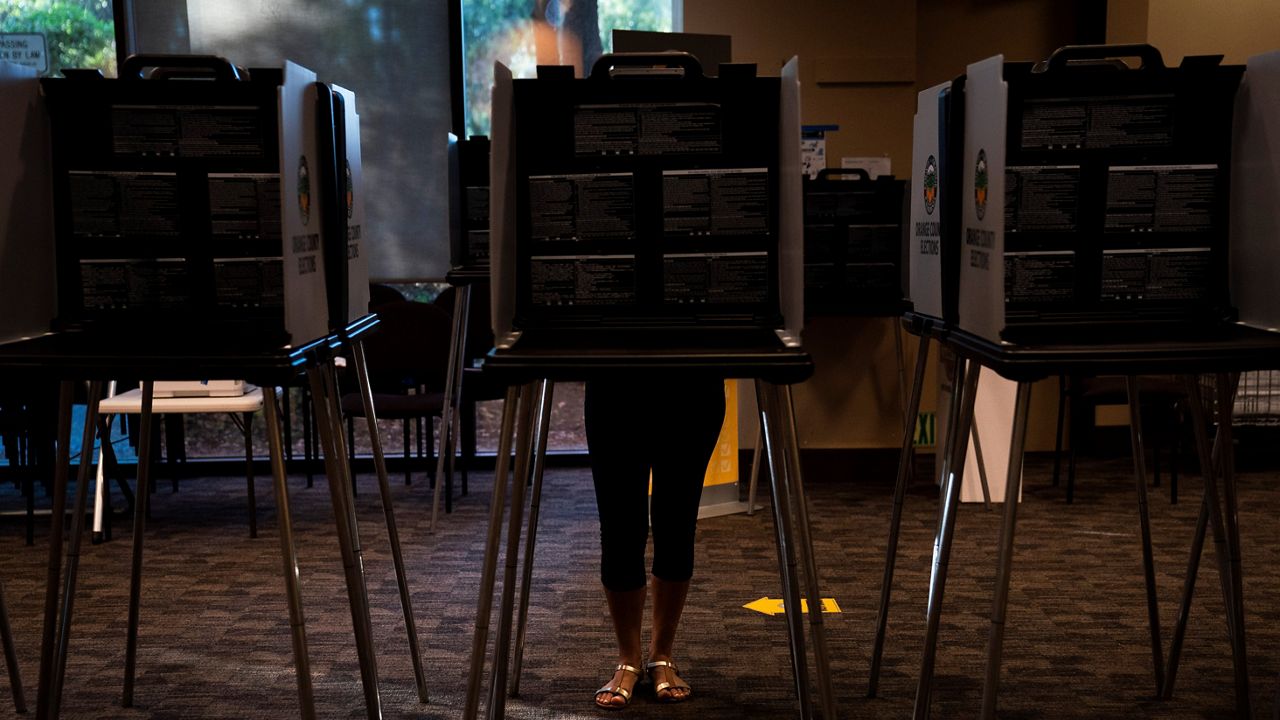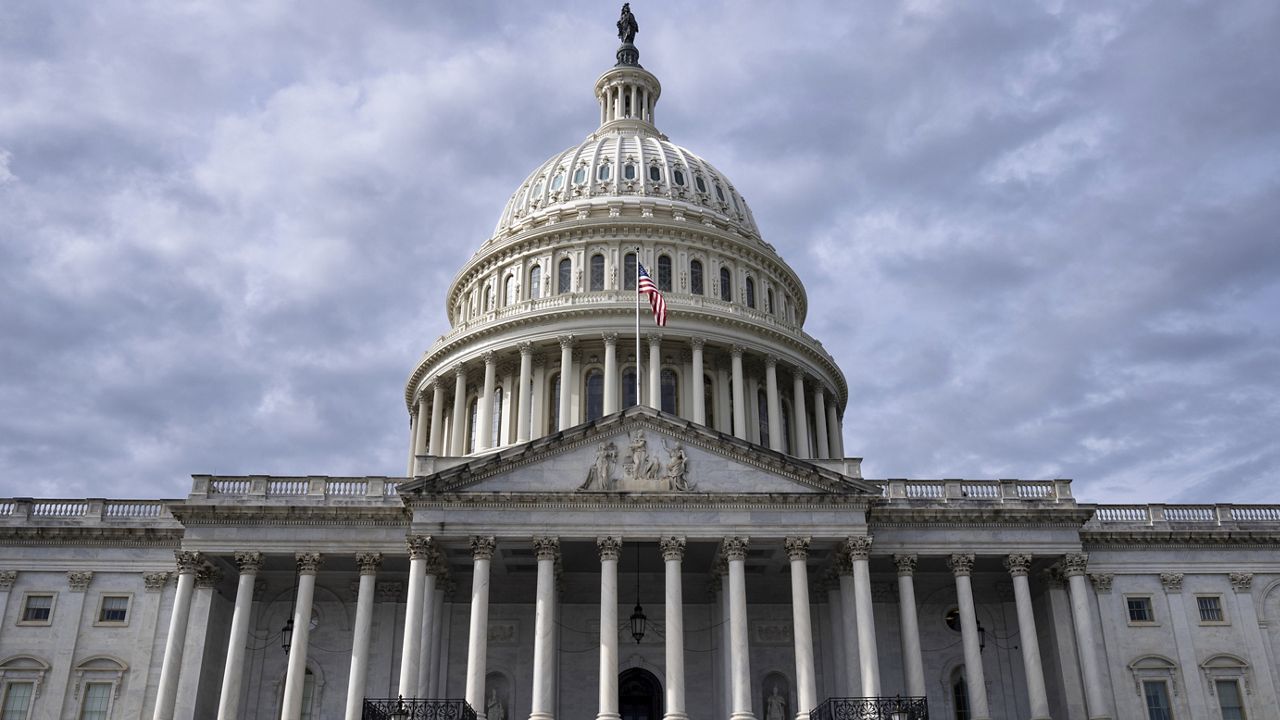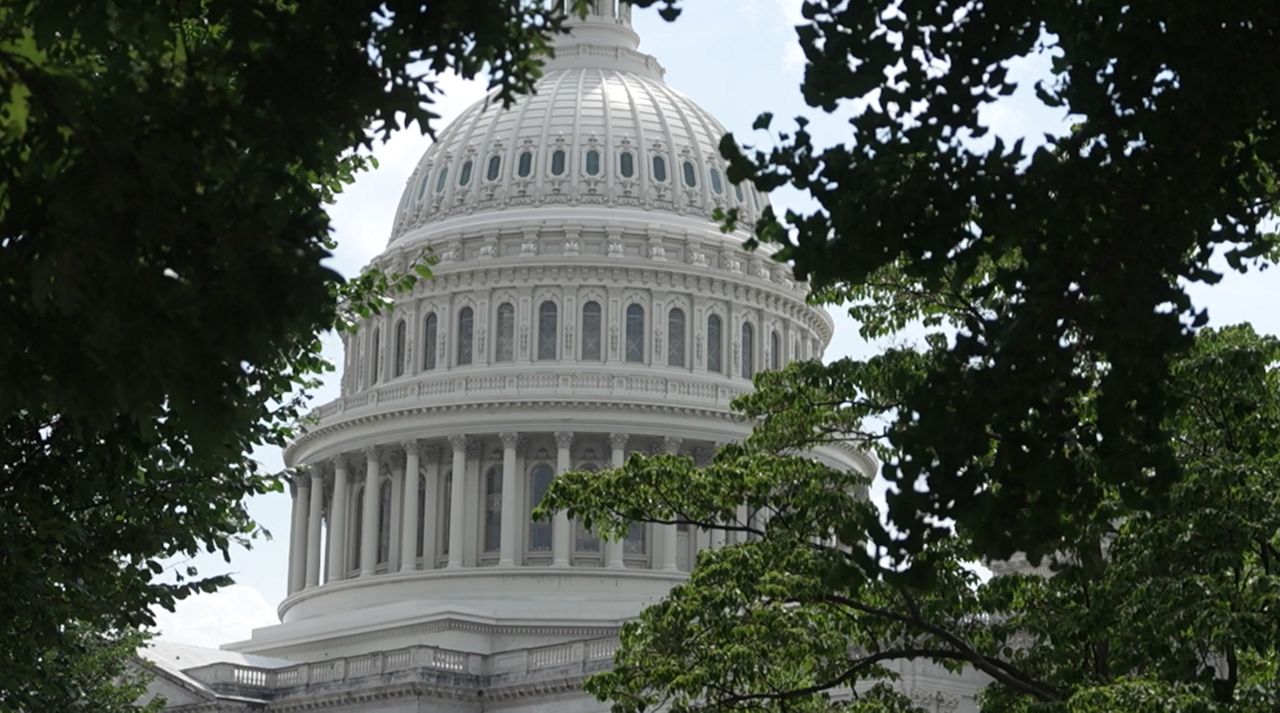In the two weeks since it became unequivocally clear that Donald Trump was headed for another four years in the Oval Office, prominent Republican figures, lawmakers and party officials alike have taken to referring to the Nov. 5 election results as a “mandate” from the American public. Democrats, despite acknowledging a brutal cycle and entering a period of reckoning, have pushed back.
It is far from uncommon in U.S. history for voters to support a change from the party in power. But as the nation considers the meaning behind a Republican-dominant election cycle, the question the country faces is to what degree 2024’s results signal a simple desire for change versus a real shift to the right within the American electorate.
“It was a rejection of Biden and his economic policies, and in particular, a referendum on inflation,” said Matthew Dallek, a historian and professor of political management at the George Washington University.
Dallek argued there is little doubt that this month’s outcome was a referendum on the last four years under President Joe Biden, noting such behavior from voters aligns with past patterns.
“So the 1980, 1992, 2008 and in 2020 – all those elections, the incumbent party was rejected because the country was unhappy with the economy and related other issues,” he said.
But whether the results signal a broader realignment in the country, Dallek added, remains to be seen, pointing to the fact that Democratic Senate candidates in Wisconsin, Arizona and Nevada – all states Trump won this year – were able to notch victories.
The Grand Old Party walked away from November’s contest victorious in virtually every major tangible way. Trump swept all seven battleground states to clinch the White House and is even on track to win the national popular vote, with a small number of ballots still being counted. That would mark the first time a Republican presidential candidate has done so since George W. Bush in 2004.
Republicans flipped the Senate and held onto their majority in the House, securing control of both chambers of Congress and sending Trump back into office next year with a trifecta.
Even the voters who turned out in traditionally solid-blue states – turnout that, while still high, was lower in 2024 than in 2020 – moved in Trump’s direction. In fact, Democratic candidate and Vice President Kamala Harris did not improve upon Biden’s margin of victory in 2020 in a single blue state.
For instance, Biden performed nearly 3 percentage points better than Harris in Minnesota despite the state’s own Democratic governor, Tim Walz, being Harris' running mate.
In deep-blue New York, voters backed Biden over Trump in 2020 (23.2%) at nearly double the rate they supported Harris against the same GOP opponent (11.7%). Rockland, a county not far outside New York City that supported Biden in 2020, swung nearly 14 percentage points to the right in 2024 and flipped for Trump.
A sizable share of ballots are still being counted in the liberal enclave of California, but as results stand now, Trump is poised to have performed better than he did in 2020 in Harris’ own home state. The vice president is currently leading by about 20 percentage points with 97% of the ballots counted, according to The Associated Press. Biden won the state in 2020 by about 29 points.
Contributing to that swing, eight counties in California that supported Biden in 2020 flipped to Trump this time around. Even the Democrat-dominant county of Los Angeles, which voted for Harris by a margin of 33 percentage points, backed her by 10 fewer points than it supported Biden four years ago. Votes in the county are still being counted.
California GOP Chairwoman Jessica Millan Patterson credited the shift in the blue state, in part, to clear messaging from Republicans coupled with consistent efforts to register voters as Republicans in the state. She noted that when she took over as the party’s head in the state in early 2019, more voters in California were choosing to register without a party than with the GOP. Since then, she said, California Republicans have “rolled up our sleeves” and registered hundreds of thousands of voters, surpassing “no party preference” as the party with the second-most registered voters in the state.
“We have seen this shift, specifically over the last year, where California Republicans have registered over 350,000 new Republicans,” Patterson told Spectrum News.
Democrats, she noted, while already dominant in the state, have registered far fewer voters in the same time period.
California’s apparent slight push rightward even appeared to translate to the local level, where voters rejected a proposition billed by liberal supporters as a step in ending modern-day slavery as well as another one to raise the state’s minimum wage. Figures such as San Francisco Mayor London Breed and progressive Los Angeles District Attorney George Gascón were ousted.
In a statement to Spectrum News, California Democratic Party Chair Rusty Hicks pointed out the state overall is still a major Democratic stronghold. The party boasts over 4.7 million more registered voters than the GOP.
“The California Democratic Party remains the largest state party organization in the country, more than 10 million strong, and has created the infrastructure to keep a Democratic super-majority in our state legislature while flipping competitive seats in Congress,” Hicks said in a statement to Spectrum News on the election results. “The CA GOP is pulling out the equivalent of the Hubble telescope in search of a narrative that simply doesn’t exist for them.”
But as for questions about a significant realignment on the national level, Dallek argued it could come down to Trump’s next four years in office.
“Can he get inflation under control? Will interest rates come down? Will the cost of living become more affordable? Will access to homes for first-time buyers become within reach for more people? And will he be able to end the wars overseas?” Dallek said.
“So I think a lot of whether you know this is actually a realignment in the electorate, a lasting realignment, is going to hinge on his performance,” he added.










